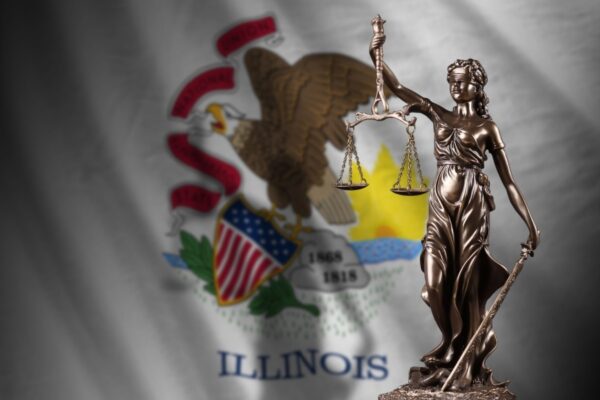Republished with permission by Mployer Advisor
As burnout levels and employee quit rates remain at historic highs, employers across the nation are weighing new, creative strategies to boost motivation, employee mood, and overall company culture.
Still, with elevated concerns surrounding a possible recession and amid record inflation levels, employers and HR leaders may struggle with the idea of investing in retention. For example, if employers are feeling strapped for cash, employee bonuses, salary hikes, or expensive retreats and celebrations may not be viable routes as in past years.
Interestingly, however, research from Harvard Business Review reveals that consistent employee recognition can go a long way in improving morale and overall happiness at work. In fact, a recent study suggests that symbolic awards—think public recognition, congratulatory cards, and certificates—can significantly increase employee performance, motivation, and even retention rates.
Similarly, a different study from Harvard Business Review surveyed leaders across industries and found that “every measure of morale, productivity, performance, customer satisfaction, and employee retention soars when managers regularly provide recognition.”
Specifically, data revealed that leaders rated in the bottom 10% for providing recognition had employees at the 27th percentile on engagement. By contrast, those leaders rated in the top 10% were at the 69th percentile.
What’s more, leaders in the top group also had employees who:
- Felt they were kept better informed
- Were much less likely to quit
- Were much more confident they would be treated fairly
- Showed significantly higher levels of discretionary effort
The above, in addition to a myriad of separate studies on the value of employee appreciation, offer compelling evidence about the value of an employee recognition program, or a defined plan to motivate employees to do exceptional work by rewarding them for their efforts and dedication.
What Are the Benefits of an Employee Recognition Program?
Although benefits will vary across company, industry, or even from employee to employee, the following list are overarching benefits of an employee recognition program:
- Improved employee engagement
- Boost in employee moral
- Employee loyalty
- Overall happiness or motivation at work
- Complements efforts to build and nurture company culture
What Are Strategies to Improve Employee Recognition?
Regardless of industry or company size, here are some sure-fire strategies to build successful employee recognition programs.
Again, during this season of quiet quitting, workplace burnout, and calls for comprehensive mental health benefits, the value of short- and long-term strategies to drive retention has never felt quite so pressing.
1. Get leadership buy-in.
No surprises here, but research consistently shows that leadership support and C-suite buy-in is an essential first step. Approach your company leadership with data, illustrate the problem, and be prepared to present the high costs of turnover against the relatively low-cost methods of driving recognition.
2. Set goals.
What gets measured gets managed. Alongside the first strategy, carefully weigh what data sets you would like to measure to show progress, success, and so on. Also, delegate project owners or team leaders responsible for managing the program’s effectiveness.
3. Focus on feedback.
Listen to employees. Where do they think there could be room for improvement? What are problem areas, and what would they like to see change? What is working? Be open and try to match employee recognition goals with current issues or causes for concern.
4. Measure success.
This is so important that it’s worth repeating. Decide on metrics for success, then commit to recording and measuring.
5. Celebrate milestones.
This feels simple, but employee milestones are important occasions. A five or even 10-year work anniversary? The conclusion of a year-long project? Private and public recognitions to honor achievements and loyalty are low lifts that can have long-lasting and powerful effects.
6. Consider building employee resource groups.
Gartner defines employee resource groups, or ERGs, as the following:
“An employee resource group (ERG) is a voluntary, employee-led diversity and inclusion initiative that is formally supported by an organization. ERGs generally are organized on the basis of common identities, interests, or backgrounds with the goal of supporting employees by providing opportunities to network and create a more inclusive workplace. Organizations use many naming conventions to refer to ERGs, such as business resource groups, affinity groups, inclusion resource groups or network groups.”
If your company has not considered implementing ERGs, this could be a missed opportunity.
7. Remember that employee recognition and employee benefits drive company culture.
Employee recognition programs and employee benefits are all significant drivers of company culture. Each is interrelated and critical in contributing to employees’ overall feelings of loyalty, purpose, and motivation.
So, before launching or even revamping an employee recognition program, consider how it can or will complement company culture and your employee benefits plan design.
Material posted on this website is for informational purposes only and does not constitute a legal opinion or medical advice. Contact your legal representative or medical professional for information specific to your legal or medical needs.



